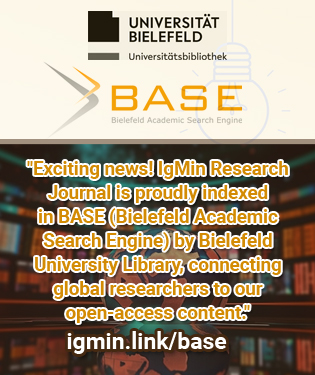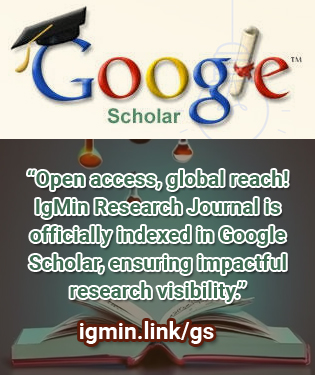Open Access Policy refers to a set of principles and guidelines aimed at providing unrestricted access to scholarly research and literature. It promotes the free availability and unrestricted use of research outputs, enabling researchers, students, and the general public to access, read, download, and distribute scholarly articles without financial or legal barriers. In this response, I will provide you with an overview of the history and latest resolutions related to Open Access Policy.
All professional technical assessment processes are fraught with uncertainty. If a decision is premised upon the result, the decision maker must understand the reliability of the performed assessment. A causal theory application is developed utilizing distinct (linguistic, ordered) terms and continuous (numerical) variables. It uncouples the methods from the result of the assessment obtained and focuses on those aspects that are important to the reliability assessment of the conclusion, not the answer itself. Matrices provide a means of charact...erizing the uncertainty of the methods and information available for each principal issue impacting the reliability. These matrices are determined as paired qualitative assessments of the Quality of the Measures Used and the Quality of Implementation of component description measures. Each is qualified by two to five grades, allowing three, five, seven, or nine quality distinctions for the assessed element. Uncertainty β values are determined for each component of the assessment combined by either an RMS procedure or a weighted average and converting a numerical value back to a consistent linguistic term. This procedure yields a basis for using good judgment while being sensible and reasonably cautious by independently determining the reliability using a carefully considered approach. California State University has assessed seismic retrofit priorities for 56 buildings using this method and has committed to its continuing use as its retrofit priority evaluation tool.









